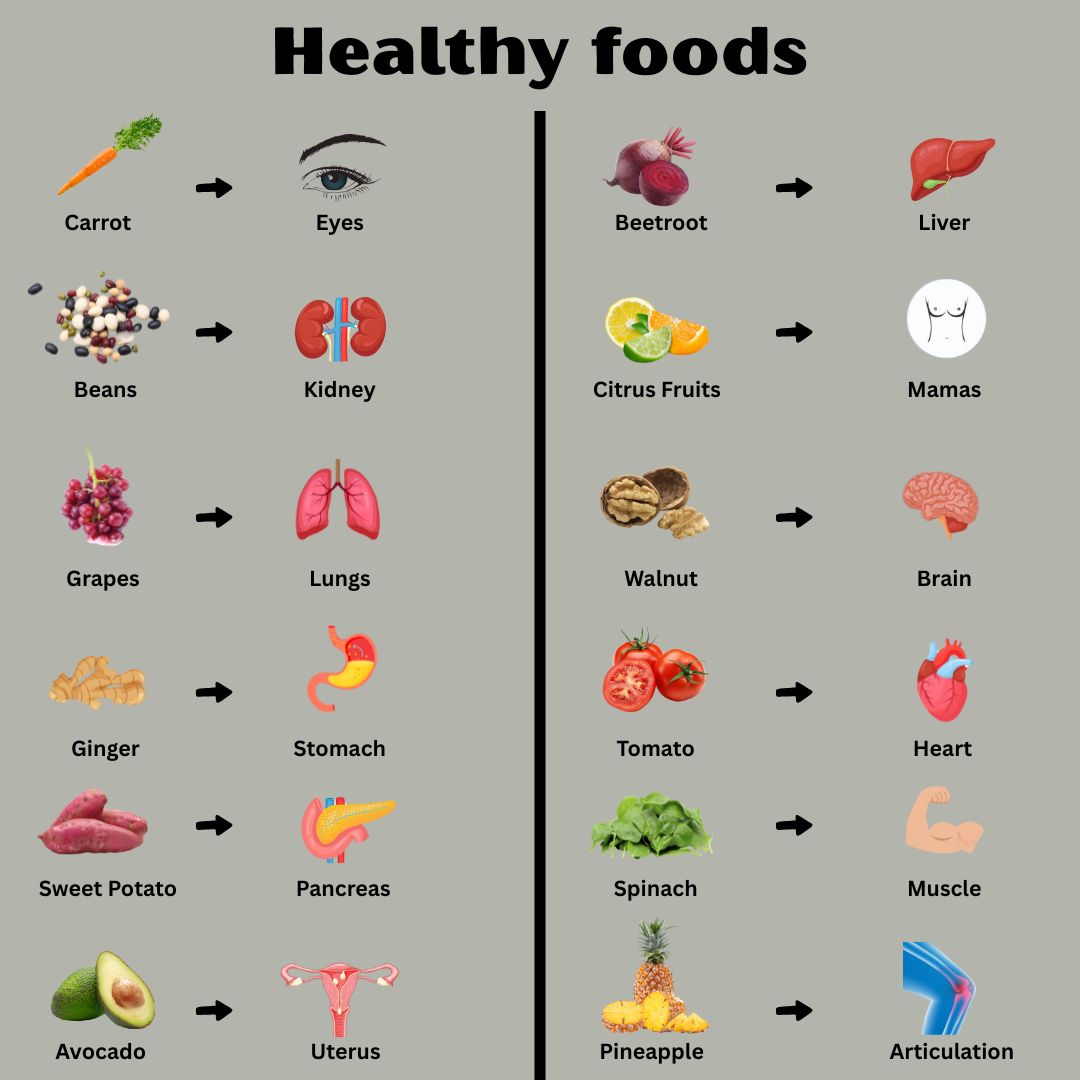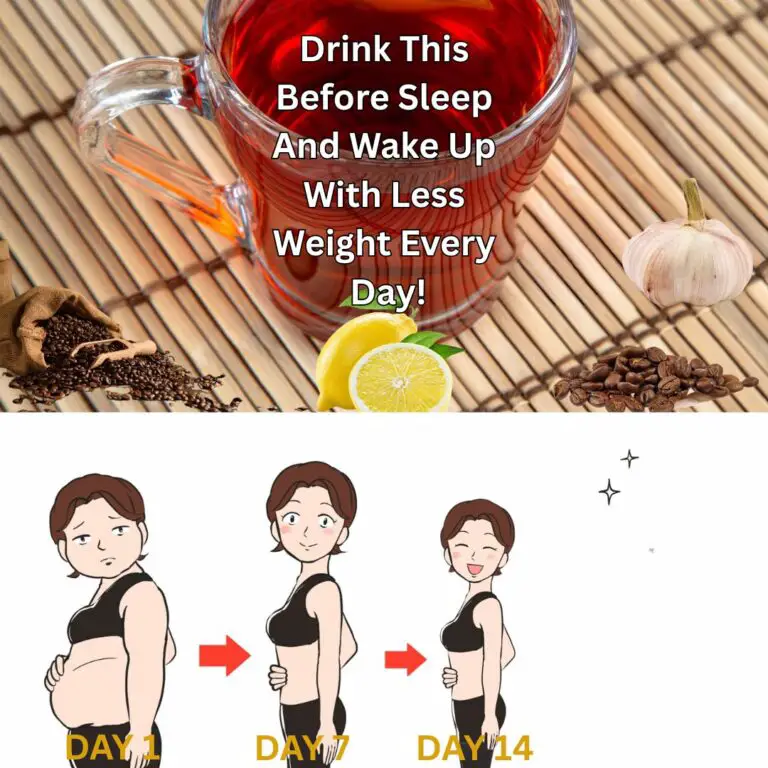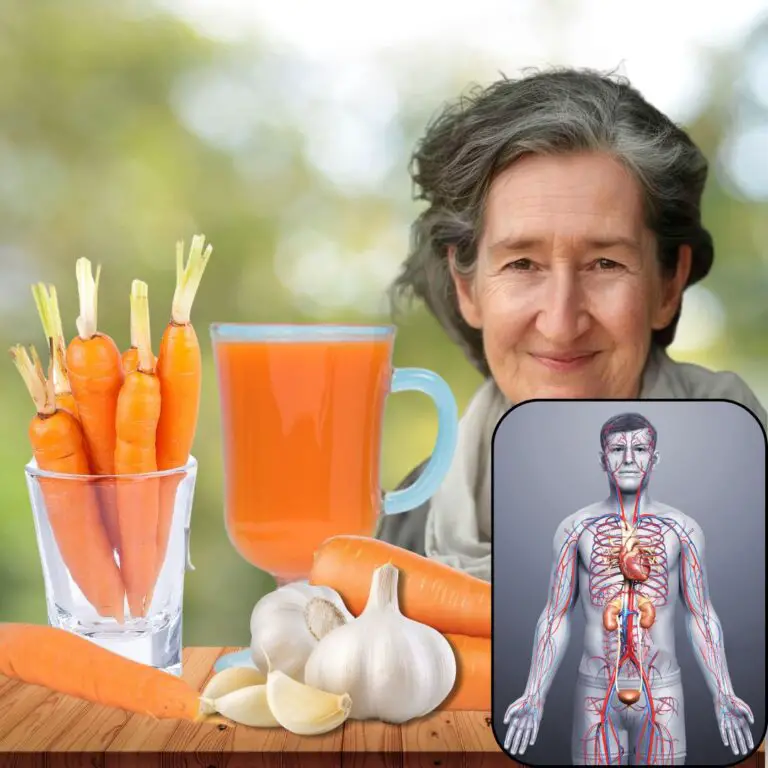Delicious and Nutritious Healthy Foods and Recipes to Fuel Your Body Right
In today’s fast-paced world, maintaining a balanced diet can often feel overwhelming. Yet, nourishing your body with the right foods is crucial to function optimally and sustain long-term health. Healthy foods provide the essential nutrients your body needs to thrive — from boosting energy and supporting immunity to promoting heart health and mental clarity. Whether you’re a seasoned health enthusiast or just beginning your wellness journey, incorporating nutrient-rich meals into your daily routine can transform your well-being.
In this comprehensive guide, we’ll share a selection of easy, delicious, and nutrient-packed recipes that bring together the best fruits, vegetables, proteins, and whole grains. We’ll also break down the benefits of key food groups and provide tips for customization and preparation so you can enjoy meals that not only taste great but also fuel your body for success.
Why You’ll Love These Healthy Recipes
These recipes are designed to make healthy eating enjoyable and accessible. Why settle for bland or complicated meals when you can savor vibrant dishes bursting with flavors and textures? Each recipe is thoughtfully crafted using fresh, whole ingredients that provide balanced nutrition — rich in vitamins, minerals, fiber, and healthy fats.
You’ll appreciate how these meals:
- Combine nutrient-dense foods like leafy greens, colorful fruits, lean proteins, and wholesome grains
- Offer variety to keep your taste buds excited and your diet well-rounded
- Are easy to prepare with simple ingredients and straightforward steps
- Include natural, minimally processed foods that support digestion and sustained energy
- Can be adapted to fit your preferences and dietary needs, from vegan to gluten-free options
From the refreshing crunch of a spinach salad with fruits and nuts to the hearty comfort of baked chicken with roasted vegetables, these recipes nourish your body and delight your palate — proving that healthy food can also be delicious.
Ingredients Overview
Before diving into each recipe, here’s a clear list of the primary ingredients used throughout, highlighting their nutritional benefits:
- Fruits: Apples, bananas, strawberries, oranges, mango
Rich in antioxidants, fiber, vitamin C, and natural sugars for energy - Vegetables: Spinach, broccoli, carrots, cucumbers, tomatoes
Packed with vitamins A, C, K, minerals, and fiber to support immunity and digestion - Proteins: Salmon, chicken, eggs, legumes (lentils, chickpeas), nuts (almonds, macadamias)
Provide essential amino acids, omega-3 fatty acids, and healthy fats for muscle repair and brain health - Grains: Quinoa, brown rice, oats, whole wheat bread, whole grain cereals
Offer complex carbohydrates, fiber, and B vitamins for sustained energy - Dairy: Milk, yogurt, cheese, butter
Good sources of calcium, protein, and probiotics for bone and gut health - Oils: Olive oil, coconut oil, linseed oil
Healthy fats that support heart health and skin nourishment - Herbs & Spices: Garlic, onion, pepper, coriander, cumin
Add flavor and possess anti-inflammatory and antioxidant properties
For a deeper dive on balanced nutrition, visit the Harvard T.H. Chan School of Public Health’s Healthy Eating Plate, an excellent resource for understanding the components of a healthy diet.
Recipe 1: Spinach Salad with Fruits and Nuts
Ingredients
- 3 cups fresh spinach leaves
- 1 apple, thinly sliced
- 1 banana, sliced
- 1/4 cup almonds, chopped
- 1/4 cup macadamia nuts, chopped
- 2 tablespoons olive oil
- 1 tablespoon lemon juice
- Salt and pepper to taste
Necessary Tools
- Large salad bowl
- Knife and cutting board
- Small mixing bowl for dressing
- Salad tongs or forks for tossing
Ingredient Swaps and Additions
Swap almonds for walnuts or pecans for a different crunch. Add berries like strawberries or blueberries for extra antioxidants. Replace olive oil with avocado oil or add a teaspoon of honey to the dressing for sweetness.
Step-by-Step Instructions
- Rinse and dry spinach leaves thoroughly; place them in a large salad bowl.
- Thinly slice the apple and banana, then add them to the bowl.
- Chop almonds and macadamias roughly and sprinkle over the salad.
- In a small bowl, whisk together olive oil, lemon juice, salt, and pepper to create a simple dressing.
- Drizzle dressing over the salad and toss gently to combine.
Pro Tips for Success
- Use fresh, crisp spinach for the best texture.
- Prepare dressing just before serving to keep leaves fresh.
- Toast nuts lightly in a pan for enhanced flavor.
Serving Suggestions
Serve as a light lunch or side dish alongside grilled chicken or salmon. Garnish with feta cheese or fresh herbs like parsley for added flavor.
Storing and Reheating
Best eaten fresh. Store leftovers in an airtight container in the refrigerator for up to 1 day. Avoid dressing the salad until ready to serve to prevent sogginess.
Nutritional Information (per serving)
- Calories: 250
- Protein: 6g
- Fiber: 5g
- Healthy fats: 15g
- Vitamins A and C: High
Recipe 2: Grilled Salmon with Vegetables
Ingredients
- 2 salmon fillets (6 oz each)
- 1 cup broccoli florets
- 1 carrot, sliced
- 1/2 cucumber, sliced
- 1 tablespoon olive oil
- Salt, pepper, and herbs (dill or thyme)
Necessary Tools
- Grill pan or outdoor grill
- Baking sheet
- Knife and cutting board
Ingredient Swaps and Additions
Swap salmon for trout or mackerel. Use seasonal vegetables like asparagus or zucchini. Add garlic or lemon zest to the marinade for extra zest.
Step-by-Step Instructions
- Preheat grill pan to medium-high heat.
- Toss broccoli, carrots, and cucumbers with olive oil, salt, and pepper.
- Place salmon fillets on grill; cook 4-5 minutes each side until flaky.
- Roast vegetables on a baking sheet at 400°F for 15-20 minutes or grill alongside salmon.
Pro Tips for Success
- Don’t overcook salmon; it should flake easily but remain moist.
- Use a fish spatula for easy flipping.
- Marinate salmon briefly with olive oil, lemon juice, and herbs for flavor.
Serving Suggestions
Serve salmon over a bed of quinoa or brown rice for a complete meal. Add a dollop of Greek yogurt mixed with dill for a cooling sauce.
Storing and Reheating
Store leftovers in an airtight container refrigerated up to 2 days. Reheat gently in a microwave or oven to avoid drying out the fish.
Nutritional Information (per serving)
- Calories: 450
- Protein: 40g
- Omega-3 fatty acids: High
- Vitamins A, C, and K: Moderate
To learn more about heart-healthy eating, the American Heart Association offers great guidance on nutrition.
Recipe 3: Quinoa with Legumes and Vegetables
Ingredients
- 1 cup quinoa, rinsed
- 1/2 cup cooked lentils
- 1/2 cup cooked chickpeas
- 1 small onion, diced
- 2 cloves garlic, minced
- 1/2 cup diced bell peppers
- 1 tablespoon olive oil
- Salt, pepper, and cumin to taste
Necessary Tools
- Medium saucepan
- Frying pan
- Knife and cutting board
- Stirring spoon
Ingredient Swaps and Additions
Replace lentils with black beans or kidney beans. Add corn or zucchini for extra veggies. Use vegetable broth instead of water to cook quinoa for more flavor.
Step-by-Step Instructions
- Cook quinoa according to package instructions; fluff with a fork.
- Heat olive oil in a pan; sauté onion and garlic until fragrant.
- Add bell peppers, lentils, and chickpeas; cook until vegetables soften.
- Stir cooked quinoa into the vegetable-legume mixture; season with salt, pepper, and cumin.
- Cook together for 2-3 minutes to blend flavors.
Pro Tips for Success
- Rinse quinoa well to remove bitterness.
- Cook legumes beforehand or use canned versions for convenience.
- Adjust spices to taste.
Serving Suggestions
Enjoy warm as a main dish or chilled as a protein-packed salad. Top with fresh herbs like cilantro or parsley.
Storing and Reheating
Store in airtight containers for up to 3 days. Reheat gently in a microwave or stovetop with a splash of water.
Nutritional Information (per serving)
- Calories: 350
- Protein: 15g
- Fiber: 10g
- Iron and magnesium: High
Recipe 4: Fruit and Vegetable Smoothie
Ingredients
- 1 cup strawberries, hulled
- 1 banana
- 1 apple, cored
- 1 cup spinach leaves
- 1 cup kale leaves
- 1 cup water or almond milk
Necessary Tools
- Blender
- Measuring cups
- Knife and cutting board
Ingredient Swaps and Additions
Use frozen fruits for a thicker smoothie. Swap kale for Swiss chard or add chia seeds for fiber boost. Sweeten with honey or maple syrup if desired.
Step-by-Step Instructions
- Chop fruits and greens into manageable pieces.
- Add all ingredients to blender.
- Blend on high until smooth and creamy.
- Pour into a glass and enjoy immediately.
Pro Tips for Success
- Add ice cubes for extra chill.
- Start with less liquid and add more to reach desired consistency.
- Wash greens thoroughly to remove grit.
Serving Suggestions
Drink as a nutritious breakfast or post-workout snack. Pair with whole grain toast for added fiber.
Storing and Reheating
Best consumed fresh. Store in the fridge up to 24 hours; shake before drinking.
Nutritional Information (per serving)
- Calories: 200
- Vitamins A, C, and K: High
- Fiber: 6g
- Natural sugars: Moderate
Check out our full list of Spinach Pineapple Smoothie with Avocado and Greek Yogurt for more vibrant options.
Recipe 5: Baked Chicken with Potatoes and Vegetables
Ingredients
- 2 chicken breasts or thighs
- 2 medium potatoes, cubed
- 1 carrot, sliced
- 1 cup broccoli florets
- 1 onion, quartered
- 2 tablespoons olive oil
- Salt, pepper, and herbs (rosemary, thyme)
Necessary Tools
- Baking dish or sheet
- Knife and cutting board
- Oven mitts
Ingredient Swaps and Additions
Swap chicken for turkey or tofu for a vegetarian version. Use sweet potatoes instead of regular potatoes. Add garlic cloves or lemon slices for aroma.
Step-by-Step Instructions
- Preheat oven to 400°F (200°C).
- Toss potatoes, carrots, broccoli, and onion with 1 tablespoon olive oil, salt, and herbs; spread evenly in baking dish.
- Rub chicken with remaining olive oil, salt, and pepper; place on top of vegetables.
- Bake for 30-40 minutes until chicken is cooked through and vegetables are tender.
Pro Tips for Success
- Use a meat thermometer to ensure chicken reaches 165°F internally.
- Cut vegetables uniformly for even cooking.
- Baste chicken with juices midway for moisture.
Serving Suggestions
Serve with a side of quinoa or a leafy green salad. Drizzle with balsamic glaze for extra flavor.
Storing and Reheating
Store leftovers in airtight containers for up to 3 days. Reheat in the oven or microwave until warmed through.
Nutritional Information (per serving)
- Calories: 500
- Protein: 45g
- Carbohydrates: 40g
- Fiber: 6g
- Vitamins and minerals: High
For more wholesome meal ideas, explore our Simple and Nutritious Salads for Weight Loss.
Frequently Asked Questions
1. Can I make these recipes vegan or vegetarian?
Absolutely! Many recipes use legumes and grains that are naturally plant-based. Swap animal proteins for tofu, tempeh, or additional legumes. Replace dairy with plant-based alternatives as needed.
2. How can I prepare these recipes faster?
Use pre-washed greens, canned legumes, and pre-cut vegetables to save prep time. Batch cook grains and proteins ahead of schedule.
3. Are these recipes suitable for weight loss?
Yes. They focus on whole, nutrient-dense foods that promote satiety without excessive calories. Portion control and balanced macronutrients support healthy weight management.
4. How do I store leftovers safely?
Store cooked foods in airtight containers in the refrigerator within two hours of cooking. Consume within 3-4 days for safety and freshness.
5. Can I adjust these recipes for food allergies?
Yes. Substitute nuts with seeds if allergic, and verify that all ingredients meet your dietary restrictions. Always check labels on packaged items.
For more expert advice on nutrition and food safety, the Mayo Clinic’s Nutrition and Healthy Eating section offers valuable insights.
Conclusion
Eating healthy doesn’t have to be a chore. With simple ingredients and easy-to-follow recipes, you can create vibrant, balanced meals that nourish your body and delight your senses. These recipes demonstrate how fresh fruits, vegetables, lean proteins, and whole grains come together to support your health goals, boost energy, and promote overall wellness.
Consistency is key — build a daily habit of choosing quality ingredients, experimenting with flavors, and listening to your body’s needs. Start with these recipes and explore more to cultivate a lifestyle filled with vitality and joy.
For further support on building balanced meals and healthy habits, visit the Academy of Nutrition and Dietetics Food and Nutrition Tips.







